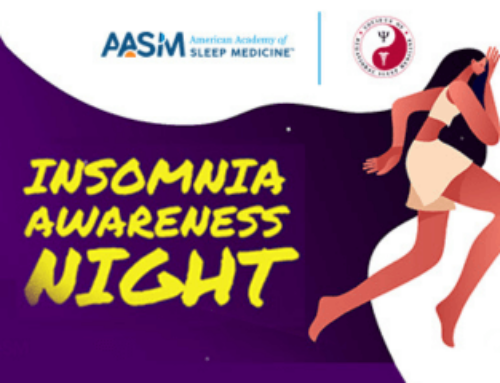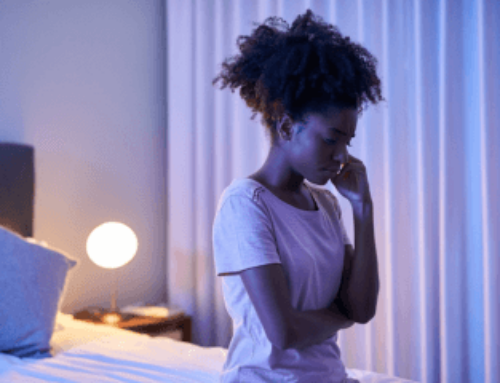DARIEN, IL – A new study indicates that yoga and aerobic exercise interventions did not significantly reduce objectively measured sleep disturbances among midlife women who were experiencing hot flashes.
Secondary analyses of a randomized controlled trial show that neither 12 weeks of yoga nor 12 weeks of aerobic exercise had a statistically significant effect on objective measures of sleep duration or sleep quality recorded by actigraphy. Although the women had no difficulty falling asleep, disturbed sleep was common at baseline and remained after each intervention, with women in all groups waking during the night for an average of more than 50 minutes.
According to the authors, previously published analyses of the same trial had found that the yoga and aerobic exercise interventions were associated with small but statistically significant improvements in subjective, self-reported sleep quality and insomnia severity.
“Our primary findings were that the two study interventions had no significant effects on objective sleep outcomes in midlife women with hot flashes. The main implication of this finding is that other behavior treatments with the potential for effectively improving sleep in this population should be examined,” said lead author Diana Taibi Buchanan, associate professor of Bio-Behavioral Nursing and Health Informatics at the University of Washington in Seattle.
Study results are published in the Jan. 15 issue of the Journal of Clinical Sleep Medicine.
The authors analyzed data from the Menopause Strategies: Finding Lasting Answers for Symptoms and Health (MsFLASH) network. The study involved 186 late transition and postmenopausal women with hot flashes who were between 40 and 62 years of age. Study subjects had an average of 7.3 to 8 hot flashes per day. Participants were randomized to 12 weeks of yoga, supervised aerobic exercise, or usual activity.
Sleep measures were evaluated using wrist actigraphy, and bedtimes and rise times were determined primarily from the participants’ sleep diaries. Mean sleep duration at baseline and after each intervention was less than the 7 or more hours of nightly sleep that is recommended by the American Academy of Sleep Medicine for optimal health in adults.
According to the authors, future research should explore other approaches for improving sleep quality in midlife women, such as cognitive behavioral therapy for insomnia.
The study was supported by the National Institutes of Health through grants from the National Institute on Aging and through a cooperative agreement issued by the NIA, Eunice Kennedy Shriver National Institute of Child Health and Human Development, National Center for Complementary and Alternative Medicine, and Office of Research on Women’s Health. Additional funding was provided by the Indiana Clinical and Translational Sciences Institute, the National Center for Research Resources, and a Clinical and Translational Sciences Award.
To request a copy of the study, “Effects of Yoga and Aerobic Exercise on Actigraphic Sleep Parameters in Menopausal Women with Hot Flashes,” or to arrange an interview with the study author or an AASM spokesperson, please contact Senior Communications Coordinator Amy Pyle at 630-737-9700, ext. 9366, or apyle@aasm.org.
The monthly, peer-reviewed Journal of Clinical Sleep Medicine is the official publication of the American Academy of Sleep Medicine, a professional membership society that improves sleep health and promotes high quality, patient-centered care through advocacy, education, strategic research, and practice standards. The AASM encourages patients to talk to their doctor about sleep problems and visit www.sleepeducation.org for more information about sleep, including a searchable directory of AASM-accredited sleep centers.




